1. Saturday morning was its own holiday every week.
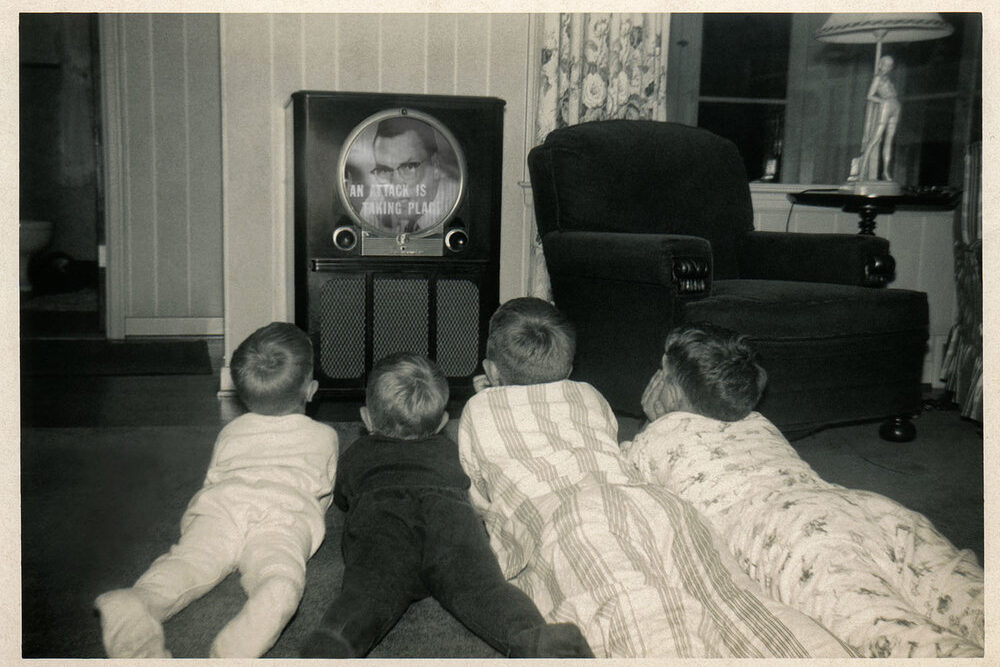
Kids woke up earlier than any school day, padded into the living room in pajamas, and turned on the TV before parents even stirred. The weekend wasn’t about sleeping in, it was about cartoons, cereal, and freedom. The glow of the screen filled the room as the smell of toast drifted from the kitchen. It felt like the world had paused, just for them. Every laugh, every theme song, every sugary bite became part of the ritual. Saturday mornings weren’t just fun, they were magic that lived between sunrise and the first chores.
2. Sitting too close to the TV was part of the ritual.
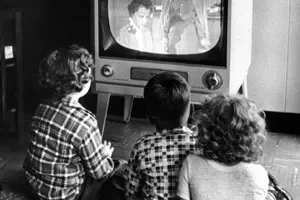
Parents warned, “You’ll ruin your eyes,” but no one cared. Kids scooted as close as possible, faces inches from the screen, soaking in every color and sound. The shag carpet scratched their knees while the flickering light painted their faces. Sitting close made everything feel bigger and louder, as if they were part of the story. The rules of eyesight didn’t apply on Saturdays. There was too much excitement to miss. The world outside could wait because the cartoons had already started, and nothing could pull them away until the credits rolled.
3. The shag carpet was the official stadium.
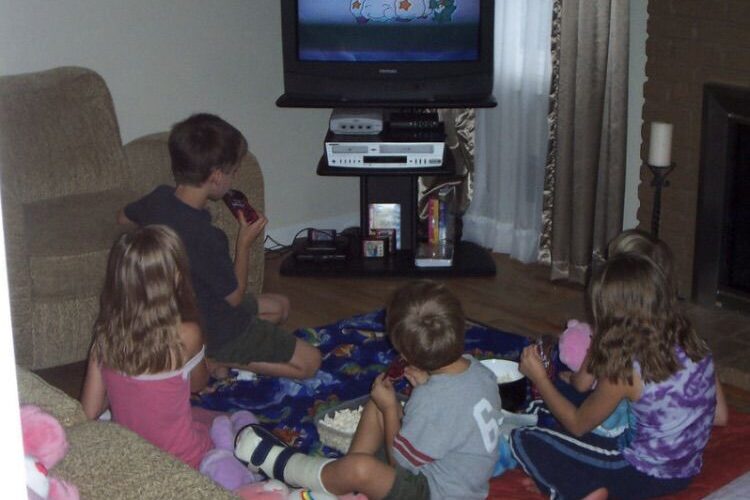
In homes across the ’70s and ’80s, the shag carpet became the place where imagination lived. Its thick fibers held the crumbs of cereal and the laughter of siblings. Kids sprawled out like tiny fans in a stadium, cheering for their favorite characters. Pillows, blankets, and stuffed animals marked territories. Sometimes, even the family pet joined in, curling up in the middle of the action. The carpet wasn’t just a floor, it was a field of dreams where kids could lie for hours, fully immersed in a cartoon universe that belonged only to them.
4. You had to watch live or miss out forever.
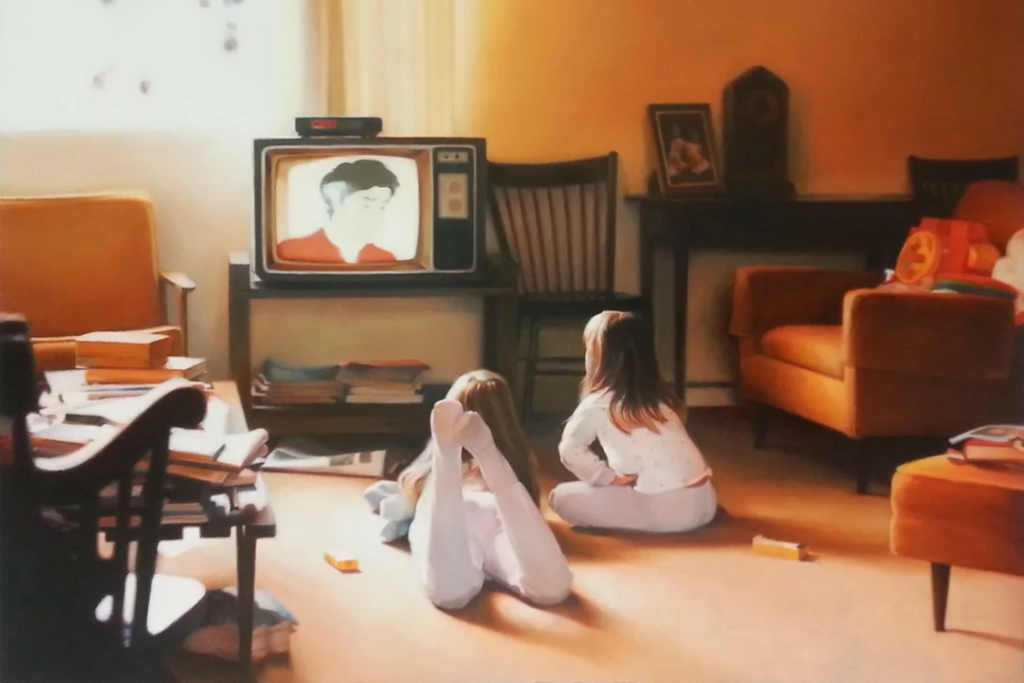
Before recording and streaming, cartoons existed in real time. If you weren’t there when your favorite show aired, you missed it completely. That made every Saturday morning feel important, like a weekly appointment you couldn’t skip. Kids hurried through breakfast just to catch the opening theme. The thrill came from knowing that once it ended, it was gone. That urgency made it special, like catching lightning in a bowl of cereal. It was television that felt alive, and kids learned early that magic didn’t wait for anyone, not even sleepyheads.
5. Fighting siblings for the channel was brutal.
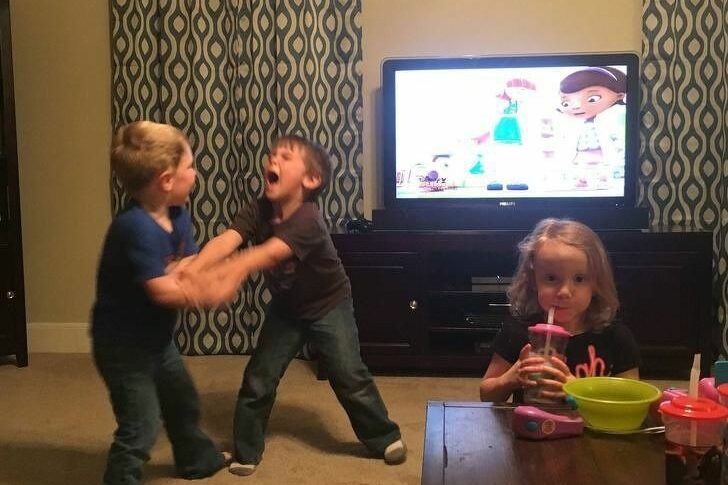
One TV meant one winner. The living room turned into a battlefield before sunrise. Siblings shouted, wrestled, and bargained to control the remote or dial. Some tried calling dibs on the couch the night before. Others waited for parents to step in and play judge. It wasn’t about who loved cartoons more, it was about victory. Even when the fights ended in tears or sulking, everyone still watched together. It was chaos, laughter, and competition rolled into one. And years later, those small wars became some of the funniest stories ever told.
6. The channel lineup was sacred knowledge.
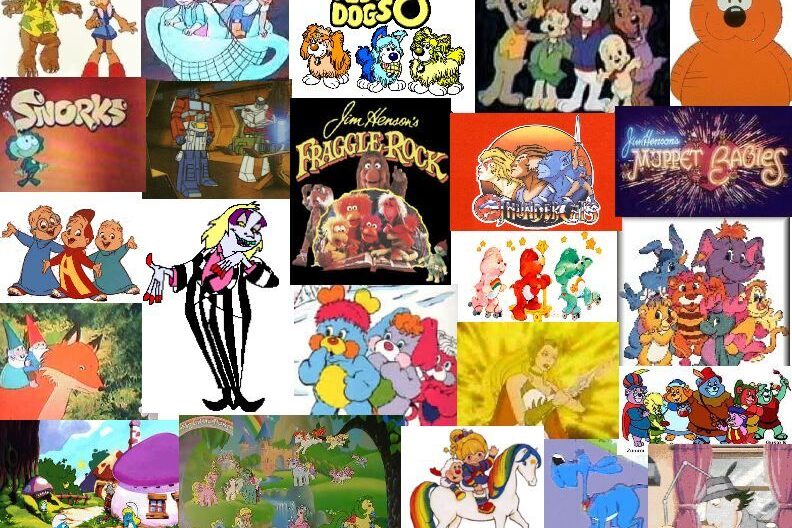
Kids didn’t just watch cartoons, they planned for them. Every Saturday had a schedule carefully memorized from TV guides or commercial teasers. ABC, CBS, and NBC each had their heroes, and knowing when to switch channels became an essential skill. One wrong move and you’d miss your favorite scene. During commercials, kids leapt to change stations, hoping to catch the best show. The lineup felt like a map to happiness. Saturdays weren’t random, they were orchestrated adventures powered by timing, instinct, and the unforgettable sound of static between channels.
7. The cereal bowl was as important as the TV.
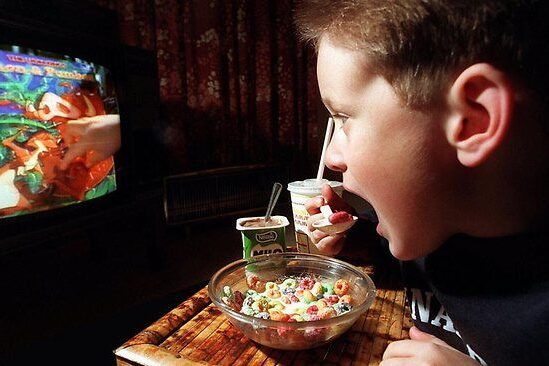
No Saturday morning was complete without a big bowl of sugary cereal waiting beside the TV. Cocoa Puffs, Lucky Charms, or Frosted Flakes filled the table while the theme songs played. Milk sloshed, spoons clinked, and laughter filled the room as cartoons danced across the screen. Some kids slurped the milk, others saved it for last, and everyone believed the cereal tasted better on weekends. The sweetness mixed with laughter, creating a memory that never faded. It wasn’t just breakfast; it was the soundtrack of joy that fueled every cartoon adventure.
8. Cereal mascots were stars in their own right.
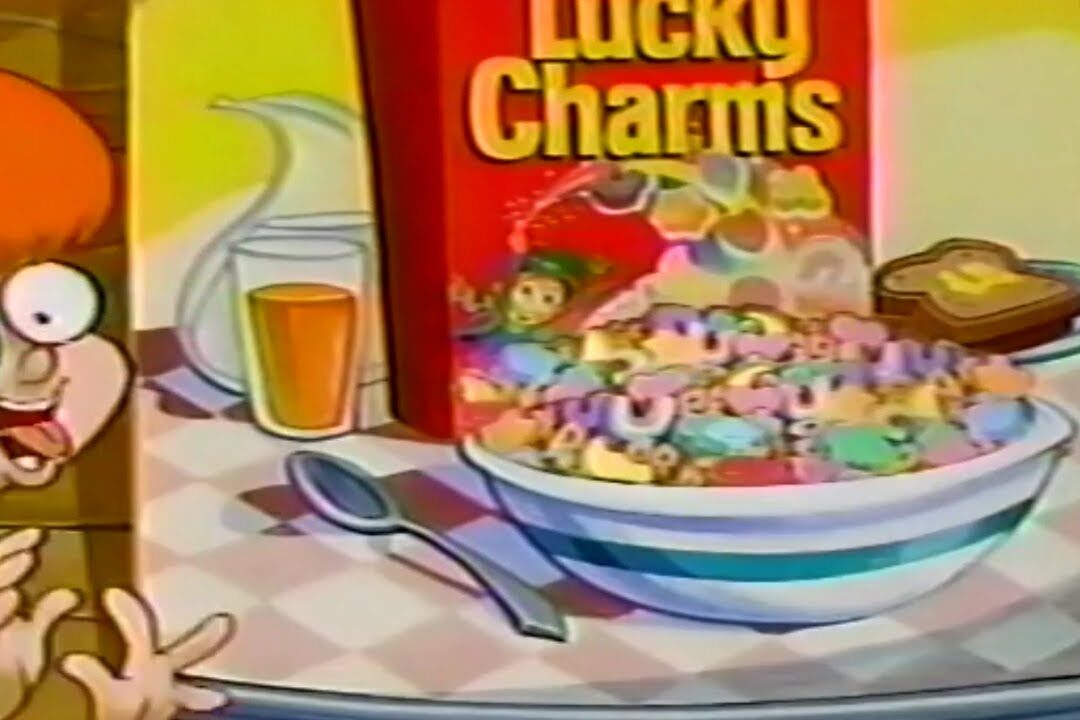
Before superheroes ruled the world, breakfast mascots did. Tony the Tiger, Lucky the Leprechaun, and the Trix Rabbit were celebrities to kids who saw them more often than teachers. Their commercials came alive between cartoon breaks, making cereal feel like treasure. Kids mimicked their voices, collected the boxes, and argued over which one was the best. The mascots had charm and personality that made mornings even brighter. They were part of the show, a sugary chorus cheering from the sidelines while kids crunched their way through another unforgettable Saturday.
9. Cereal box contests turned breakfast into treasure hunts.
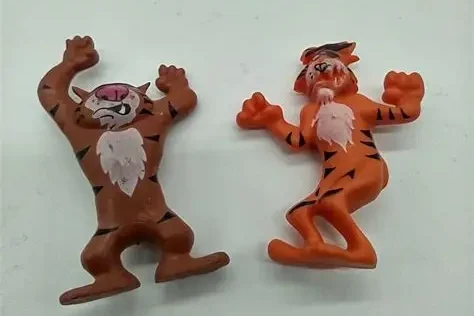
Every cereal box held adventure. Some hid toys, others had mazes, puzzles, or coupons to cut out. Kids poured cereal carefully, hoping to find the prize first. The rustle of plastic inside the box was enough to cause excitement before the first spoonful. Winning meant bragging rights, but even losing felt fun. Parents groaned at the mess, yet they smiled too. Those tiny prizes turned ordinary mornings into miniature celebrations. It wasn’t just about the cereal anymore, it was about the thrill of discovery and the magic of believing treasure could hide in breakfast.
10. Schoolhouse Rock taught us between cartoons.
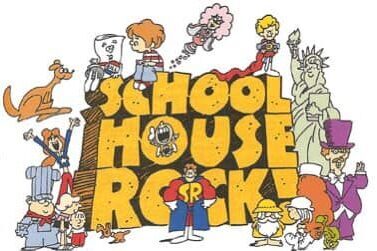
Just when minds were spinning from cartoon chaos, the catchy tunes of Schoolhouse Rock appeared. Songs about conjunctions, bills, and planets slipped in learning without anyone noticing. Kids sang along and remembered facts without trying. It was education disguised as entertainment, clever and simple. Parents loved it because it felt wholesome, and kids didn’t mind because it sounded fun. Those little breaks between shows became just as memorable as the cartoons themselves, proof that sometimes the best lessons arrive in the middle of laughter and color.
11. “In the News” gave kids a glimpse of reality.
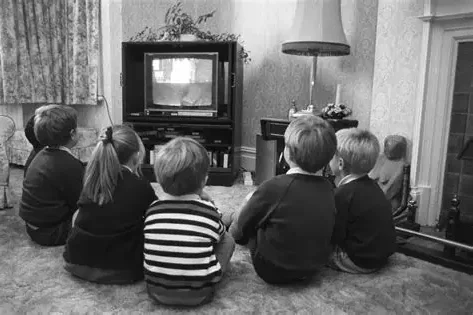
Between colorful cartoons and sugar highs came short news clips designed for young minds. They talked about space launches, elections, and discoveries in ways that made sense to kids. It felt strange to switch from fantasy to facts, but it worked. These segments added balance, a reminder that a bigger world existed beyond the TV glow. For a few quiet minutes, laughter faded into curiosity. Kids didn’t always understand everything, but they listened, asked questions, and learned that the world was both magical and real at the same time.
12. PSA spots made sure we “knew better.”
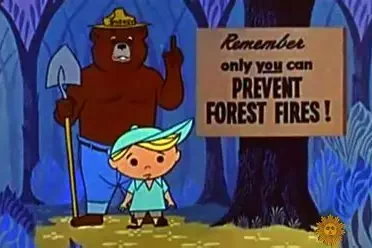
Just when things got too silly, the screen filled with messages that made you stop and think. Smokey Bear reminded everyone about forest fires, and cartoon heroes warned against strangers and bad choices. The messages were simple but stuck forever. Kids rolled their eyes back then but quote them now as adults. Those little breaks weren’t annoying, they were gentle reminders about kindness, safety, and responsibility. They didn’t feel like lectures, just bits of wisdom wrapped in color and music, waiting between the laughs to quietly shape better people.
13. Looney Tunes kept old-school slapstick alive.
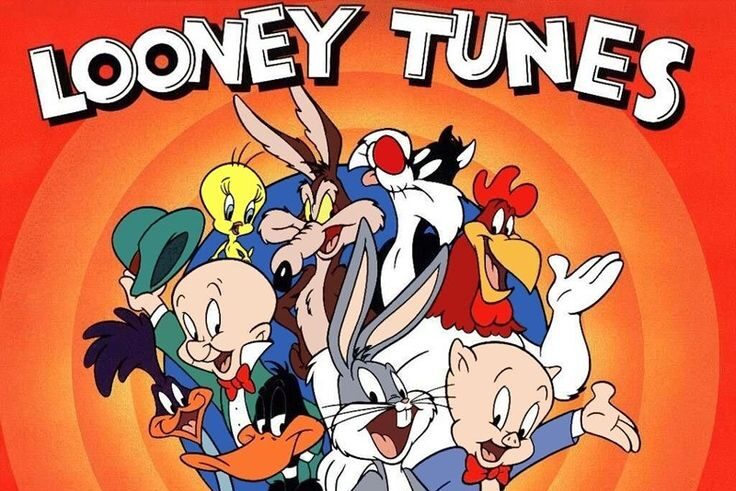
Bugs Bunny, Daffy Duck, and Road Runner never needed fancy effects or moral lessons to entertain. Their humor was wild, physical, and timeless. Parents laughed just as hard as kids because the jokes worked on every level. The world paused as Acme anvils fell and clever punchlines landed. Looney Tunes was proof that good comedy didn’t age. It connected generations through laughter and showed that even chaos could be art. Every “That’s all folks!” was a promise that the laughter would return next Saturday, fresh and familiar.
14. Scooby-Doo was the mystery everyone joined in.
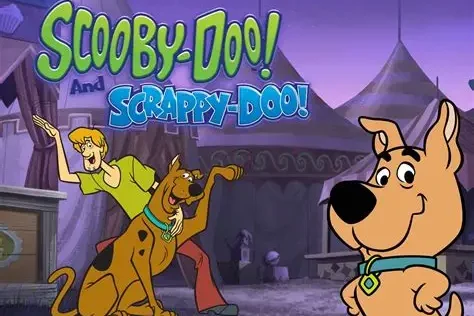
Every episode started the same way, and somehow that made it perfect. A creepy mansion, a nervous dog, and a villain always hiding behind a mask. Kids shouted guesses before the big reveal and cheered when they were right. Scooby and the gang made fear feel fun and friendship feel unstoppable. The show was goofy and predictable, but it never lost its charm. It made teamwork cool, and the catchphrases unforgettable. Even decades later, those voices still echo, reminding everyone that mystery and laughter were the perfect mix.
15. The Smurfs painted Saturdays blue.
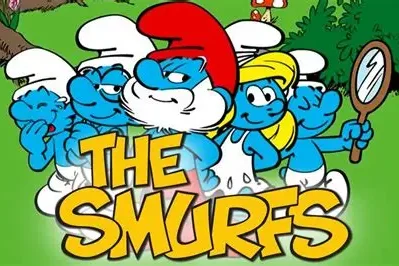
Tiny blue characters filled living rooms with songs, laughter, and endless adventures. Each Smurf had a personality, and together they created a world that felt alive and kind. Papa Smurf led with wisdom, Smurfette brought sweetness, and Brainy made everyone roll their eyes. The Smurfs weren’t just cartoons, they were comfort. Toys, lunchboxes, and pajamas carried their charm into everyday life. Their simple world taught teamwork and joy without trying too hard. Watching them felt like spending time with friends who never stopped smiling or caring.
16. He-Man made kids feel powerful.
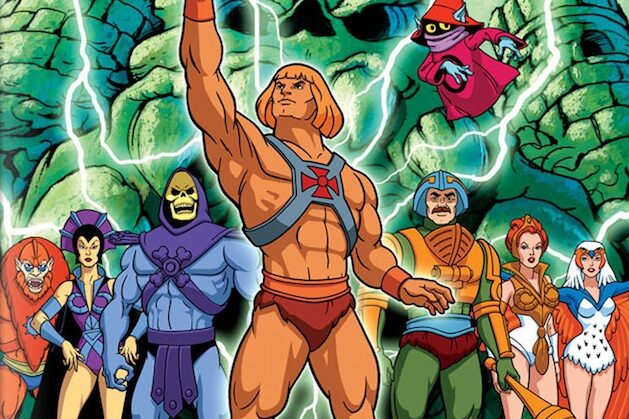
When He-Man lifted his sword and shouted, “I have the power,” every kid in the room felt unstoppable. The characters were larger than life, filled with strength and bravery. Skeletor’s laugh echoed in playgrounds as kids re-enacted battles with plastic swords. It wasn’t just entertainment, it was empowerment. He-Man gave kids permission to believe in their own courage. Each episode ended with lessons about honesty or perseverance, disguised beneath armor and lightning. It was fantasy that built confidence, and it made kids feel like heroes before breakfast.
17. Teenage Mutant Ninja Turtles became a phenomenon.
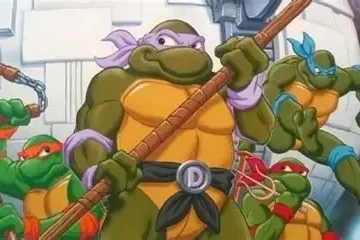
Four turtles living in a sewer somehow ruled the world. Leonardo, Donatello, Michelangelo, and Raphael made pizza a personality trait and teamwork an adventure. Every episode was filled with jokes, battles, and catchphrases kids repeated endlessly. The toys, lunchboxes, and Halloween costumes took over childhoods. Kids argued over who was the best turtle, and friendships were measured by those loyalties. It wasn’t just a show, it was a movement. The turtles made being weird cool and turned Saturday mornings into a slice of excitement that felt fresh every time.
18. Cartoons and toys became inseparable.
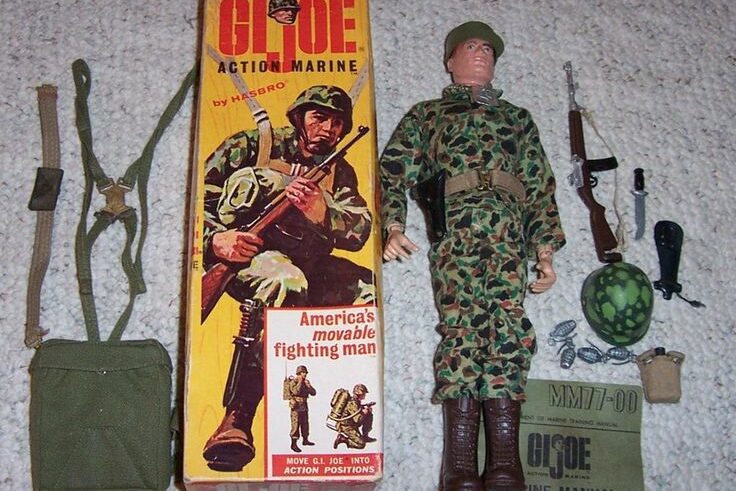
Saturday mornings doubled as toy commercials cleverly disguised as stories. Transformers, G.I. Joe, and My Little Pony weren’t just shows, they were entire worlds you could buy. Kids watched the characters on-screen, then begged to bring them home. Parents sighed while advertisers smiled, but everyone played along. It didn’t feel like manipulation, it felt like magic. The connection between cartoons and toys made stories tangible. Every adventure could continue in the backyard, powered by imagination and plastic figures that kept the fun alive long after the credits.
19. The commercials were as iconic as the shows.
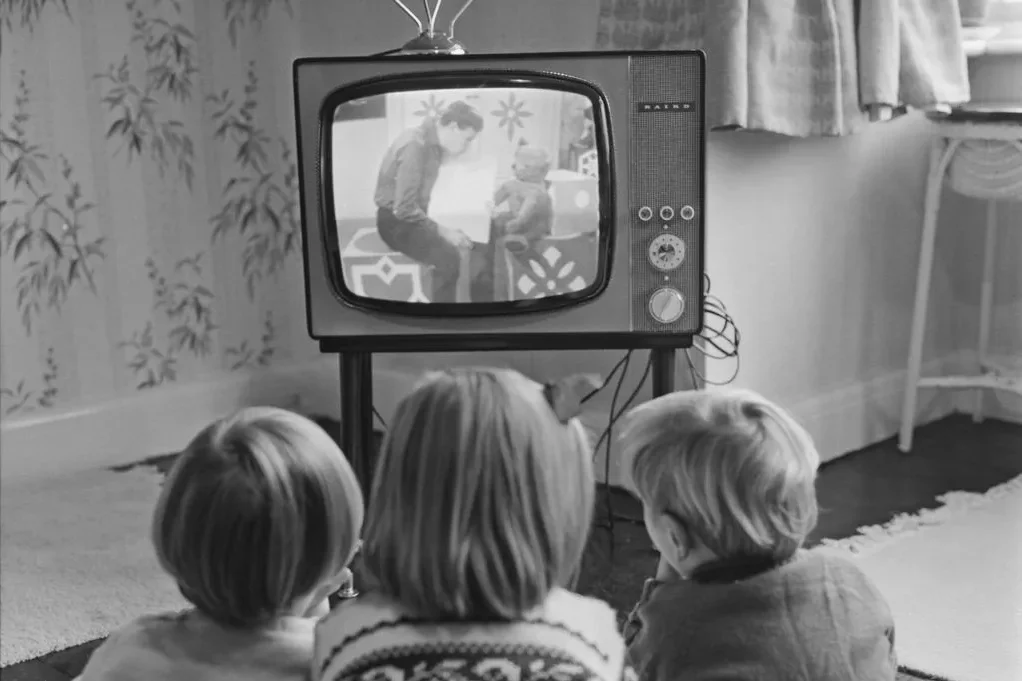
Between episodes came commercials that stuck forever. Jingles for toys, snacks, and games repeated until they became part of memory. Kids sang them in car rides, schoolyards, and bathtubs without realizing it. Each ad felt like a tiny cartoon of its own, bright and full of energy. Crossfire, My Buddy, and Barbie all had themes that rivaled real shows. Those few minutes of advertising shaped what kids wanted, dreamed about, and begged for. The commercials didn’t interrupt the fun, they were part of the experience itself.
20. Cartoons taught subtle life lessons too.
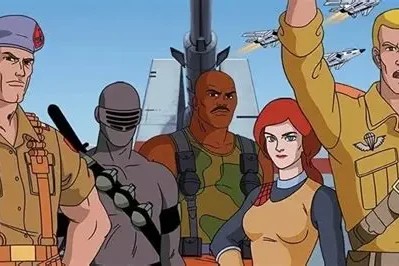
Beneath the jokes and action, every show carried a message. Heroes talked about honesty, teamwork, and courage right before the credits rolled. It felt corny then, but it stuck. G.I. Joe reminded kids that knowing was half the battle, and others taught the power of kindness. Those small lessons slipped quietly into hearts. They weren’t forced, just part of the story. It was entertainment that raised better kids without anyone realizing it. Even years later, those messages linger like the theme songs everyone can still hum.
21. Sitting in PJs with siblings was part of the bond.
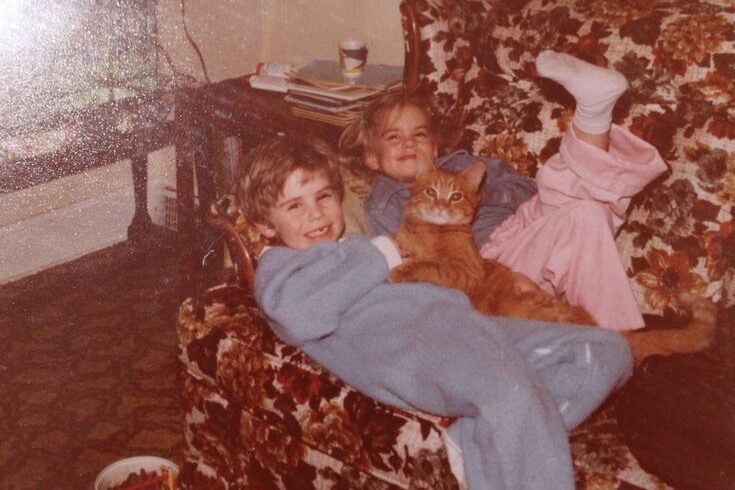
Even with the fights and arguments, Saturday mornings created memories that glued families together. Siblings piled on the couch with cereal bowls and shared laughter over the same scenes. They teased, fought for space, and laughed until they cried. Those little moments became the glue of family stories told years later. The warmth of those mornings wasn’t just from cartoons, it came from togetherness. Despite the chaos, everyone belonged in that living room, wrapped in the comfort of routine and the magic of shared childhood.
22. Theme songs became childhood soundtracks.
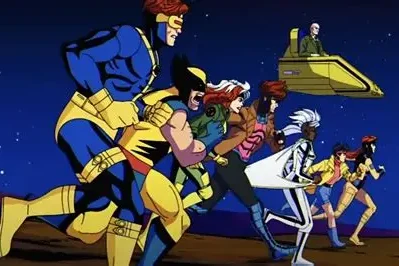
Every show started with a few unforgettable notes that instantly brought joy. Kids sang along loudly, pretending to be part of the opening scenes. From The Smurfs to X-Men, those songs became the soundtrack of youth. Even decades later, the tunes still trigger smiles. They marked time like old friends, signaling when fun began and breakfast ended. The lyrics didn’t need to make sense; they just needed rhythm and excitement. Theme songs were time machines, carrying people back to mornings filled with color, comfort, and boundless imagination.
23. Animation styles made each show distinct.
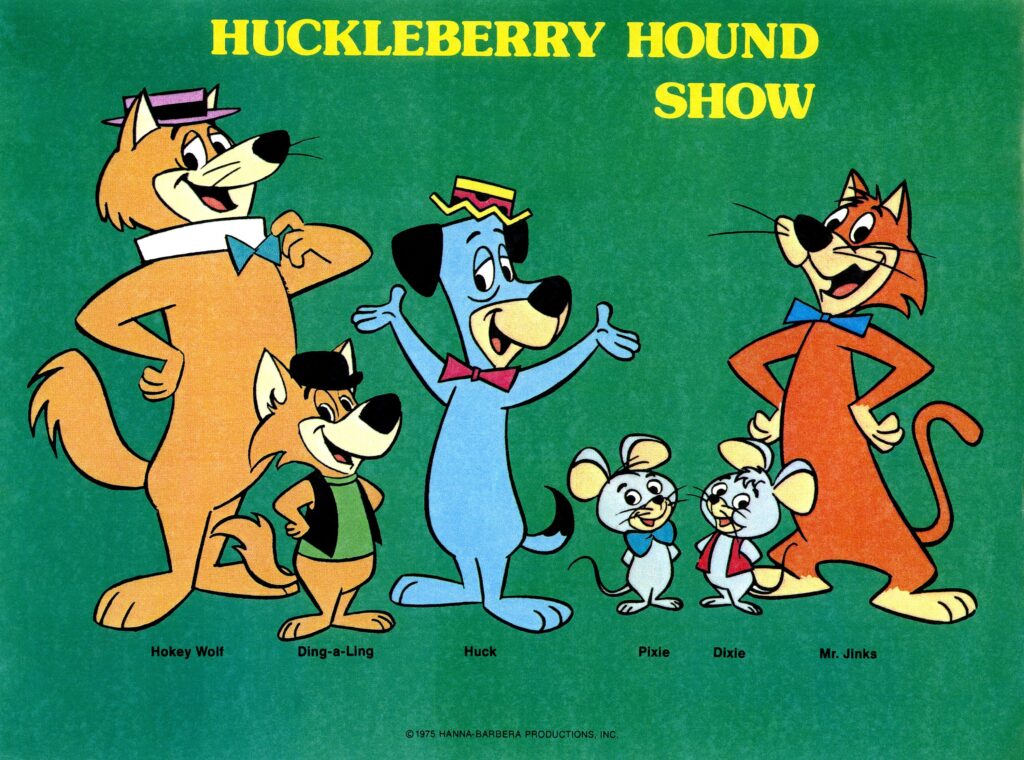
Every cartoon had its own look and feel, from the smooth artistry of Disney to the rough charm of Hanna-Barbera. Some shows felt bright and cheerful, while others were dark and mysterious. Kids didn’t know terms like animation style, but they sensed the difference. Each look became part of the experience, shaping imagination. Those visuals stayed burned into memory, influencing how generations viewed creativity. It wasn’t just about the story, it was about the way it looked, moved, and made you feel even after the screen went dark.
24. Crossovers and specials felt like events.
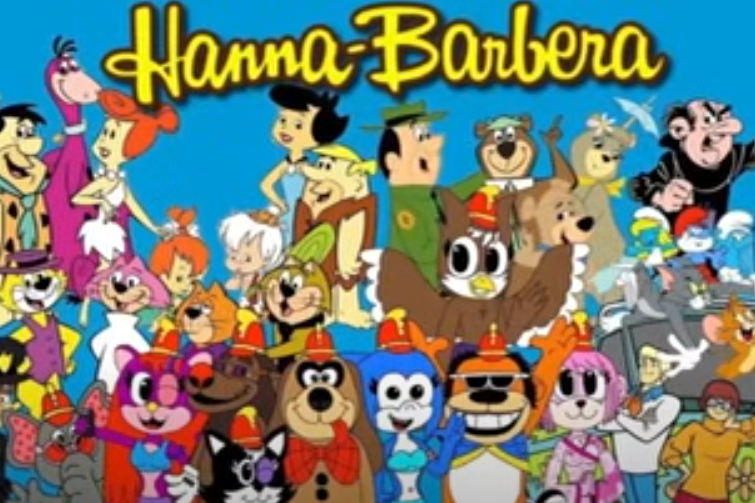
Every once in a while, the impossible happened. Characters from different shows appeared together or holiday episodes filled the air with new magic. Those moments turned normal Saturdays into celebrations. Kids gathered early, knowing something special was coming. They talked about it all week at school, replaying every detail in their minds. Crossovers felt like gifts from the TV gods, rare and exciting. They reminded kids that their favorite worlds could collide, creating unforgettable memories that lived far beyond the glow of the Saturday morning screen.
25. Parents often pretended not to approve.
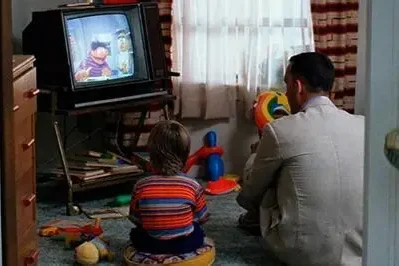
They warned about too much sugar, too much screen time, and too little sunlight. But every now and then, you’d catch them chuckling at the same jokes or humming the same theme songs. They pretended it was all nonsense, yet they lingered nearby, pretending to read the newspaper. Parents secretly loved the noise and joy filling the house. Saturday mornings gave them quiet moments to sip coffee while kids got lost in wonder. The cartoons may have been for children, but the happiness belonged to everyone.
26. The kitchen smelled like cereal and toast.
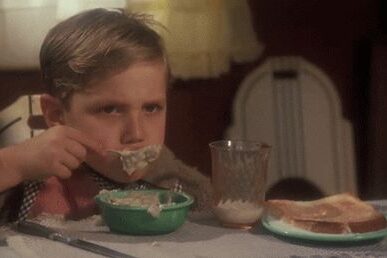
Saturday mornings were a symphony of smells and sounds that made everything feel alive. The pop of the toaster, the crunch of cereal, and the faint scent of syrup filled the air. Parents moved around quietly, coffee in hand, while kids sat cross-legged, eyes glued to the screen. The living room glowed softly, and the kitchen hummed with comfort. No one needed anything fancy, just those little moments of peace and sweetness. The smell of warm bread and milk became a memory tied forever to laughter, love, and the gentle rhythm of Saturday mornings.
27. The commercials shaped what kids begged for.
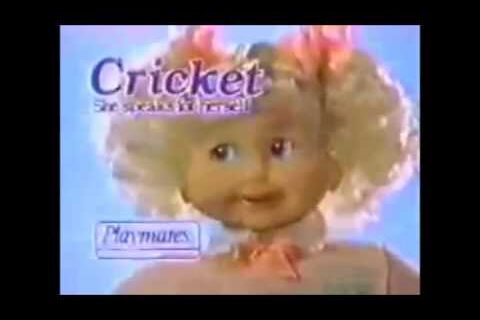
Every break between shows became a wishlist in motion. Dolls, action figures, cereals, and sneakers flashed across the screen, sparking instant obsession. Kids ran to find parents, pleading with promises of good behavior. Advertisers knew their power, but the magic was real for kids. It wasn’t just about wanting things; it was about belonging to the world those ads created. Each commercial felt like a dream on fast-forward, blending perfectly with the morning’s excitement and turning simple living rooms into windows of wonder.
28. By the late ’90s, cable changed everything.
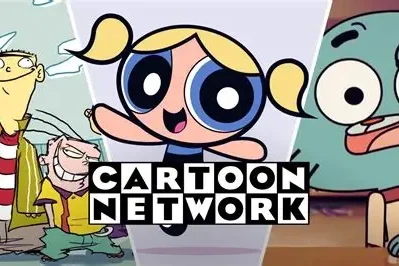
The magic of Saturday mornings began to fade when cartoons became available every day. Channels like Nickelodeon, Disney, and Cartoon Network filled afternoons with endless options. Kids no longer had to wait for weekends. The specialness slipped away slowly. The ritual turned into routine. What was once a treat became a habit, and the thrill of anticipation vanished. It wasn’t sad, just different. But for those who lived through the original era, nothing could replace the joy of waiting all week for that one golden morning.
29. The rise of streaming ended the era.
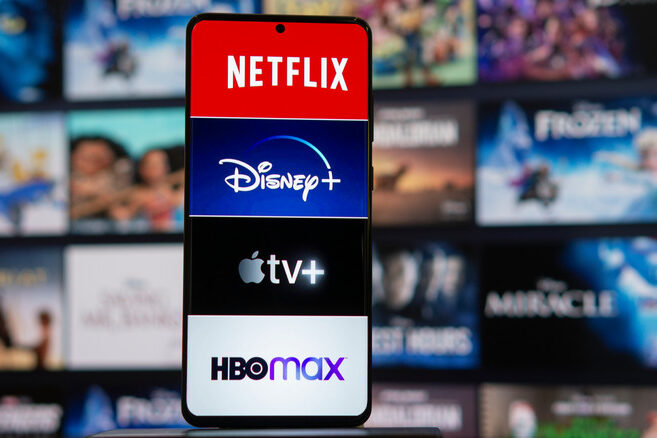
When streaming arrived, the final curtain fell on Saturday mornings. Kids could now watch anything, anytime. It was convenient, but the magic of shared moments disappeared. No one rushed to the TV or fought for the best spot anymore. The excitement of live cartoons turned into quiet screens scattered across bedrooms. The ritual became nostalgia, something parents talked about wistfully. The spirit of Saturday mornings didn’t vanish, though, it just transformed into memories tucked deep in the heart of every adult who once believed in the magic.
30. Saturday mornings were more than cartoons they were culture.
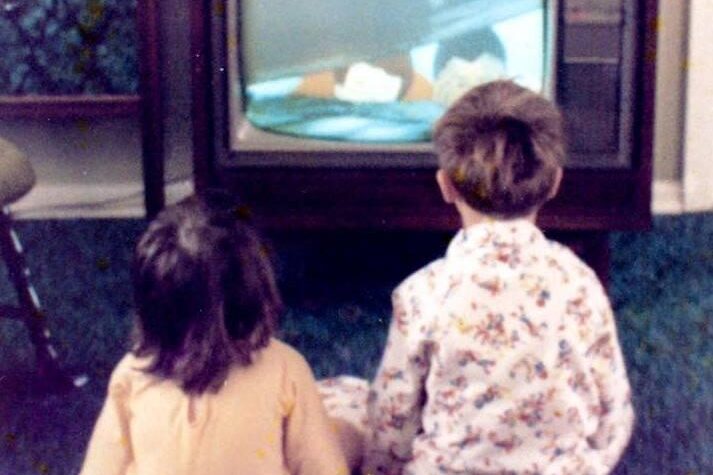
From shag carpets to cereal bowls, from theme songs to sibling squabbles, Saturday mornings built an entire world of joy. They weren’t just a time for fun; they were rituals that brought families together. The laughter, the sugar, and the bright colors turned ordinary homes into places of imagination. Those mornings taught simplicity, comfort, and connection. They reminded kids that happiness didn’t need planning, just presence. Even now, memories of those hours feel soft and golden. Saturday mornings weren’t just moments; they were memories stitched forever into the heart of childhood.
This story Sugary Saturdays: 30 Memories of Saturday Morning Cartoons was first published on Daily FETCH


